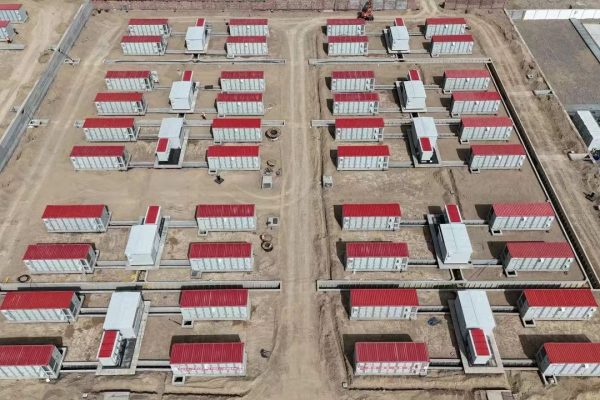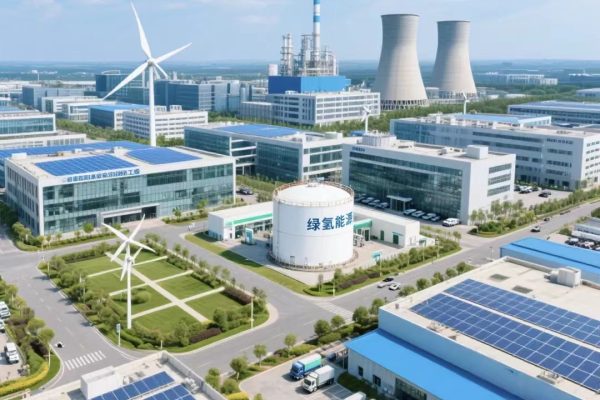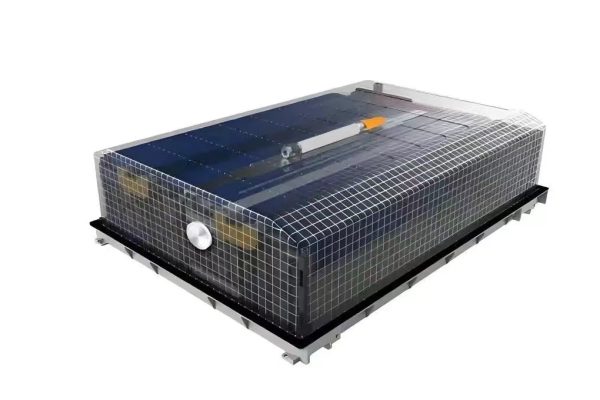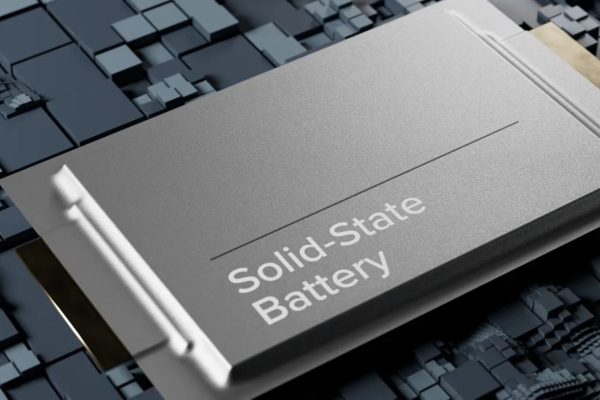Real Case: 100kWh Energy Storage System for a Cold Storage Warehouse
1. Introduction: Why Cold Storage Needs ESS
Cold storage warehouses operate under strict temperature control, often 24/7, making them highly energy-intensive. With rising electricity costs and grid instability in many regions, energy storage systems (ESS) are becoming a vital solution for:
- Reducing peak demand charges
- Ensuring backup power during outages
- Supporting onsite PV generation
- Stabilizing internal loads
In this case study, we walk through a real-world 100kWh ESS project implemented for a cold storage facility, highlighting design logic, product choices, and key lessons learned.
2. Project Background
🔹 Client Profile
- Industry: Frozen food distribution
- Location: Southeast Asia
- Load Type: 60 kW baseline with 80 kW peak during defrost cycles
- Power Supply: Grid + rooftop PV (50 kWp)
- Pain Points:
- High peak demand charges
- Intermittent power outages
- Grid voltage fluctuation affecting compressors
3. Design Objectives
The client wanted a solution that would:
✅ Store solar energy for evening use
✅ Support load shifting and peak shaving
✅ Provide at least 2 hours of backup for essential loads
✅ Automatically switch to battery during blackouts
✅ Be modular and easy to maintain
4. System Configuration Overview
📦 ESS Size: 100 kWh usable capacity
🔋 Battery Type: LFP (LiFePO₄), 51.2V modular packs
⚡ Inverter Type: 3-phase 100 kW hybrid inverter (with grid + PV input)
☀️ PV Integration: 50 kWp rooftop solar, 3 MPPT inputs
🧠 EMS Integration: Intelligent energy management system with cloud monitoring
🔁 Operating Mode:
- Self-consumption (solar first)
- Peak shaving (grid + battery blending during peak)
- Backup (auto switch within 20 ms)
5. Component Selection and Sourcing Logic
| Component | Model / Spec | Sourcing Note |
|---|---|---|
| Battery Modules | 51.2V, 100Ah LFP (20 units) | High cycle life, rack-mountable |
| Inverter | 100 kW hybrid, 3P 400V AC | Supports PV + grid + battery input |
| PV System | 50 kWp (monocrystalline panels) | Matched with inverter MPPT voltage range |
| BMS | Integrated with CAN/RS485 | Communicates with inverter and EMS |
| EMS | Cloud-connected, programmable logic | Enables load profile adjustment |
✅ Vendor Selection Focus:
- Compatibility (inverter–battery–BMS protocols)
- After-sales support & remote diagnostics
- Ability to ship in 40’ container with all accessories
6. Load Profile and System Sizing
🧊 Cold Storage Load Curve (24h)
| Time | Typical Load (kW) | Notes |
|---|---|---|
| 00:00–06:00 | 35–40 kW | Steady cooling |
| 06:00–09:00 | 50–60 kW | Loading operations + door opening |
| 12:00–14:00 | 70–80 kW | Defrost cycles + peak ambient temp |
| 18:00–22:00 | 60–65 kW | Loading + packaging |
📐 Sizing Logic
- 100 kWh usable capacity provides:
- ~1.5 hours at peak (65 kW)
- 2.5 hours for essential loads (40 kW)
- Battery oversizing (15%) included for long-term degradation buffer
- System set to limit grid draw to 50 kW during 80 kW peak with 30 kW battery boost
7. Installation Highlights
🏗 Logistics & Deployment
- Delivery: All components pre-packaged for container shipment
- Onsite install: 5 days with 3 technicians
- Control cabinet pre-wired with inverter, ATS, EMS controller
- Battery racks mounted in adjacent climate-controlled room
🧪 Commissioning & Tests
- Load simulation using dummy load bank
- PV inverter MPPT calibration to match actual site voltage
- EMS logic tested for blackout and recovery scenarios
- Thermal imaging used to verify battery temperature profiles under load
8. Performance Results (After 3 Months)
| Metric | Result |
|---|---|
| Average Peak Reduction | ~25 kW shaved from grid |
| Monthly Savings (demand charge) | ~$1,200 USD/month |
| Solar Self-Consumption Rate | 85–90% |
| Battery SOC usage per day | 60–80 kWh cycled |
| Outage Backup Response | < 30 ms, seamless transition |
🔧 Maintenance calls: Zero
📈 Client satisfaction: High – expanding to second site
9. Lessons Learned & Best Practices
✅ What Worked Well
- Use of LFP batteries avoided temperature concerns in tropical climate
- Hybrid inverter with 3 MPPT allowed optimal solar capture
- Modular racks simplified transport and space layout
- EMS enabled future remote tuning of load schedules
⚠️ What to Watch Out For
- PV panel cleaning is critical due to dust and humidity
- Battery room temperature must be controlled even with LFP
- Integrator must test BMS–inverter compatibility before shipping
- Plan for battery expansion by allocating space and ports in advance
10. Takeaways for Foreign Trade Partners
For export-oriented partners or energy solution providers:
- Cold storage is a prime sector for small-to-mid scale ESS
- Focus on hybrid inverter + LFP battery bundles with proven interoperability
- Offer pre-configured systems with manuals, SLDs, and remote support
- Include options for EMS or PLC integration with user-friendly dashboards
🧠 This project proves that even a 100 kWh system, when designed with precision, can deliver strong ROI and client trust in C&I storage applications.









